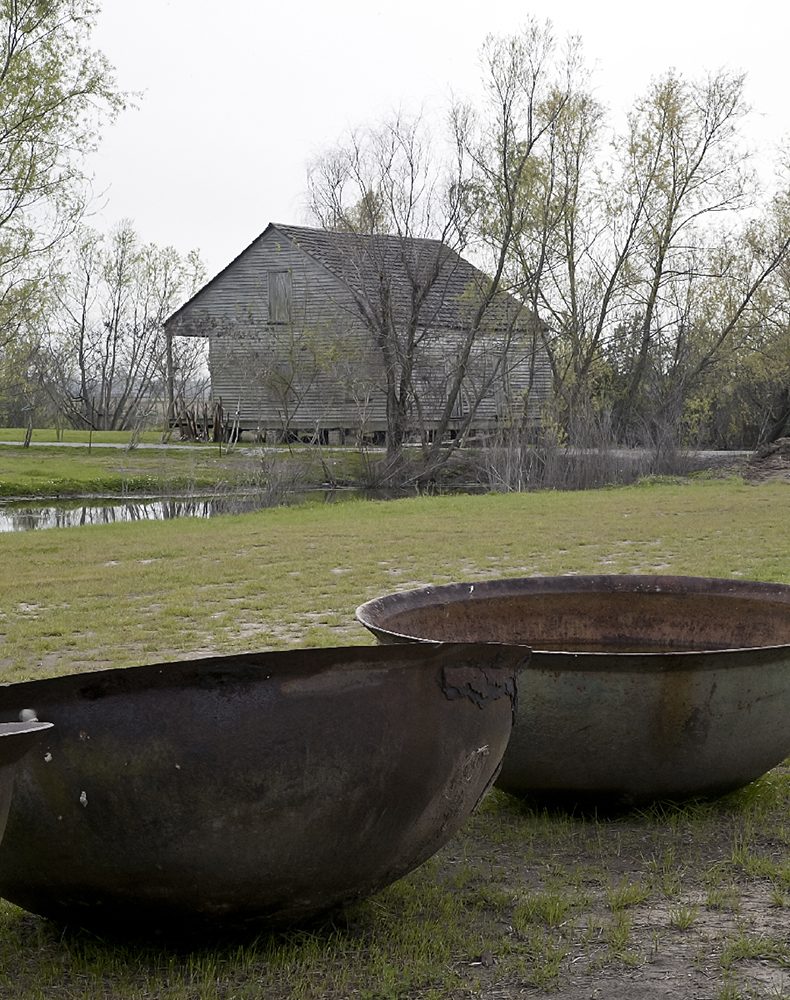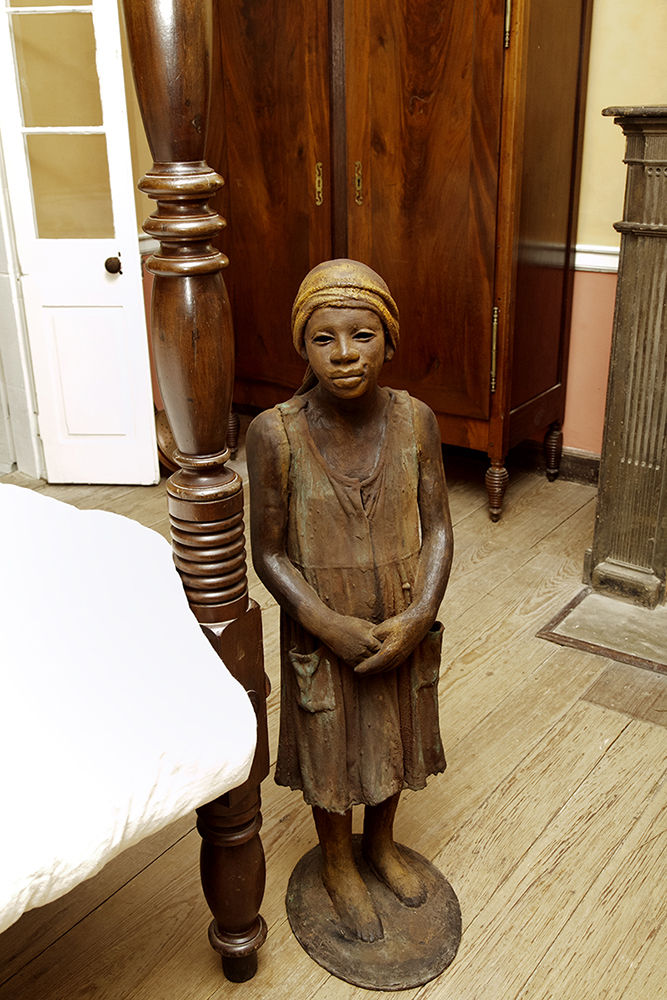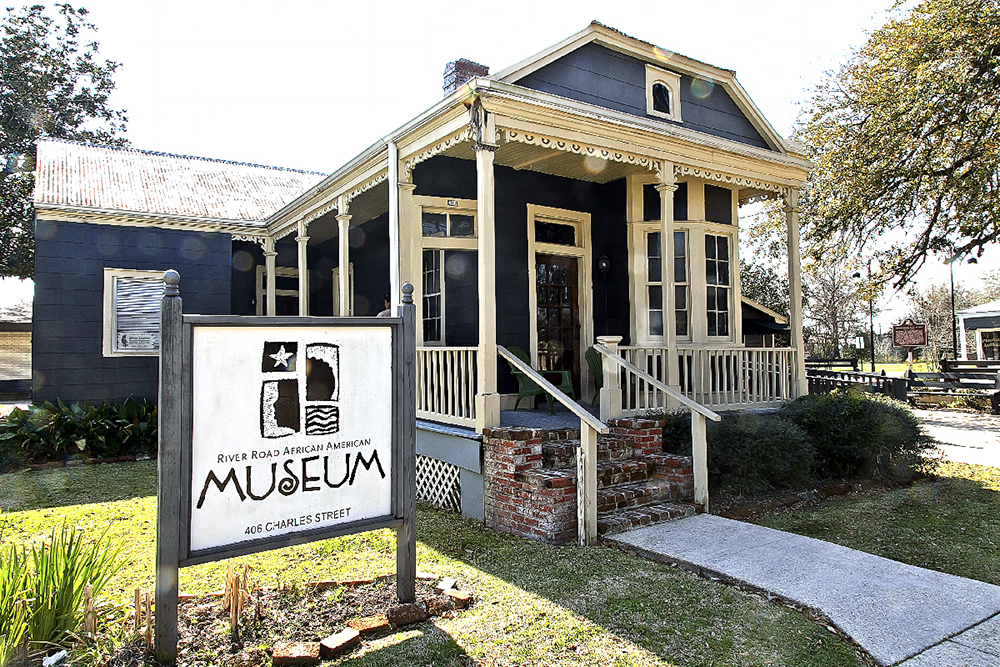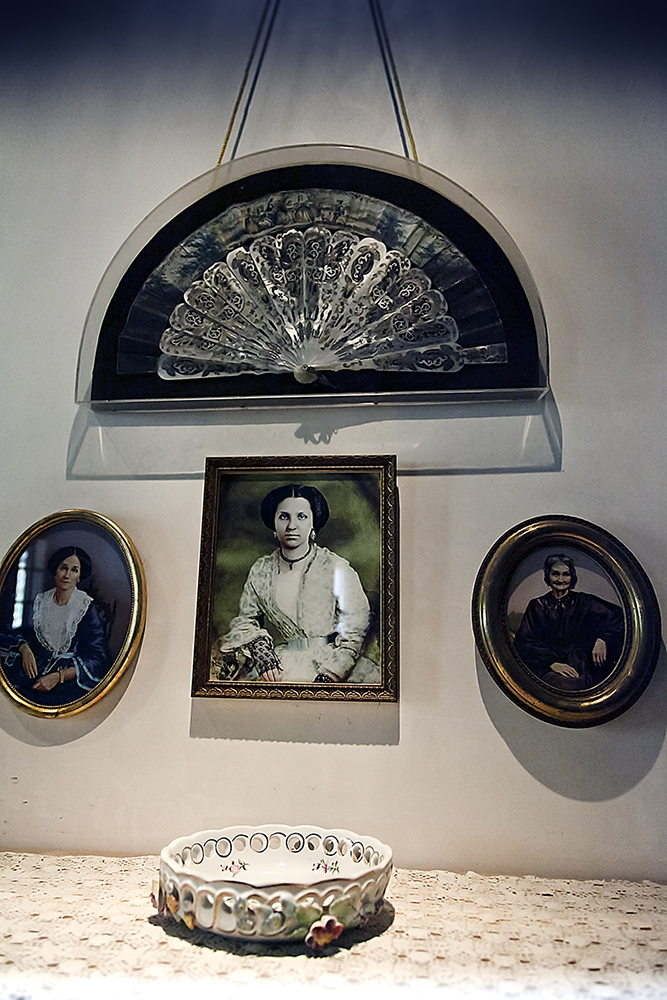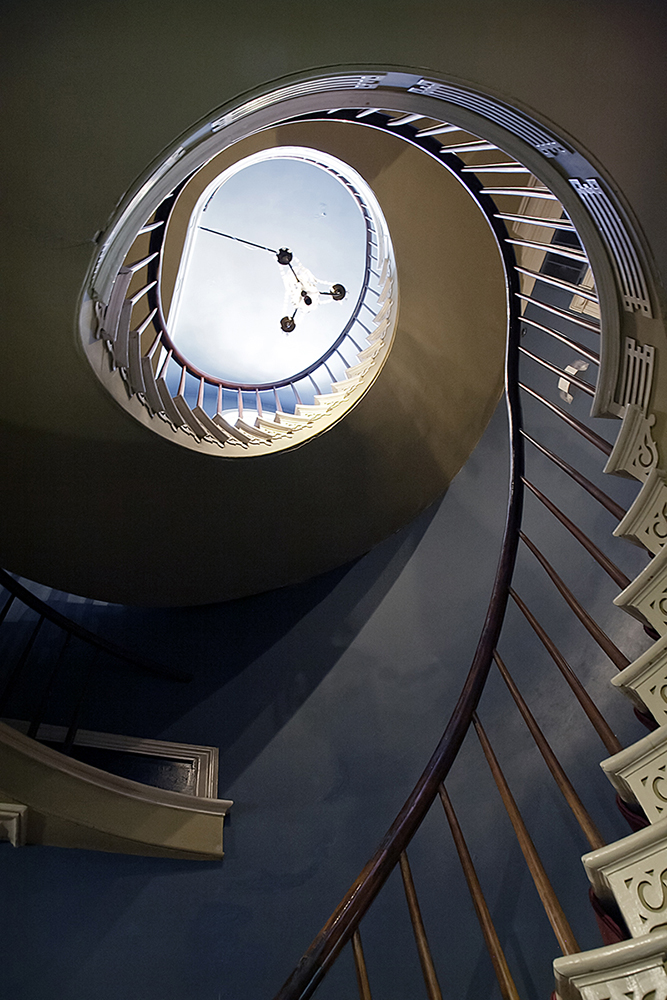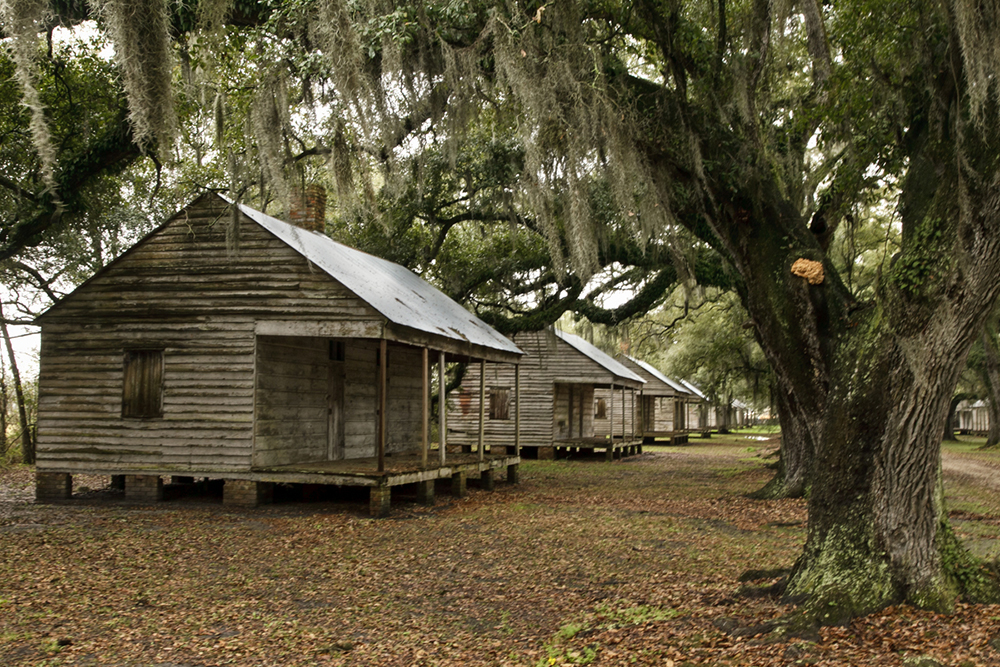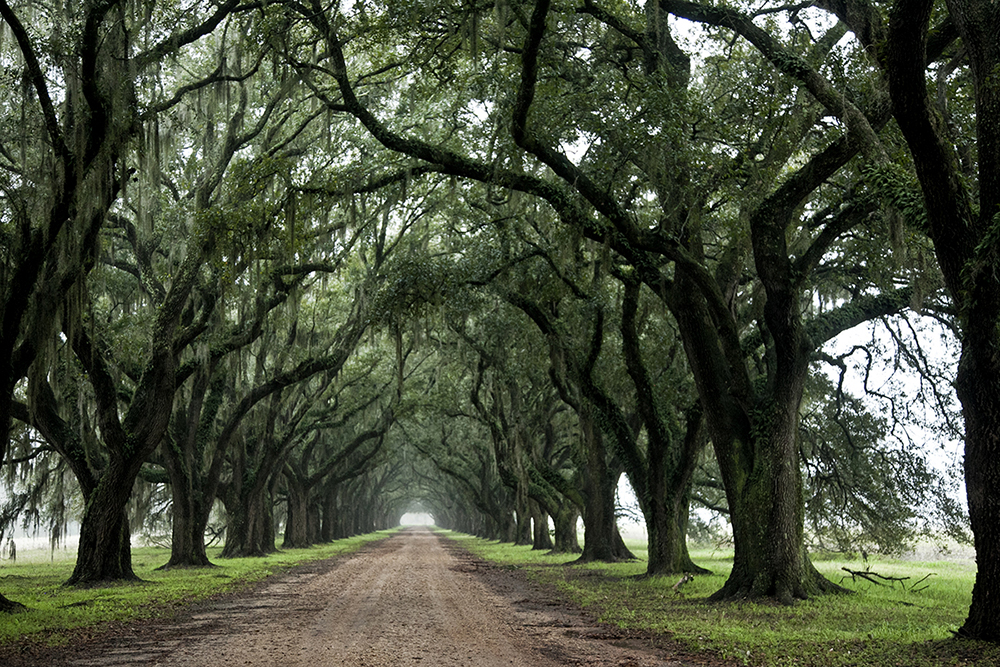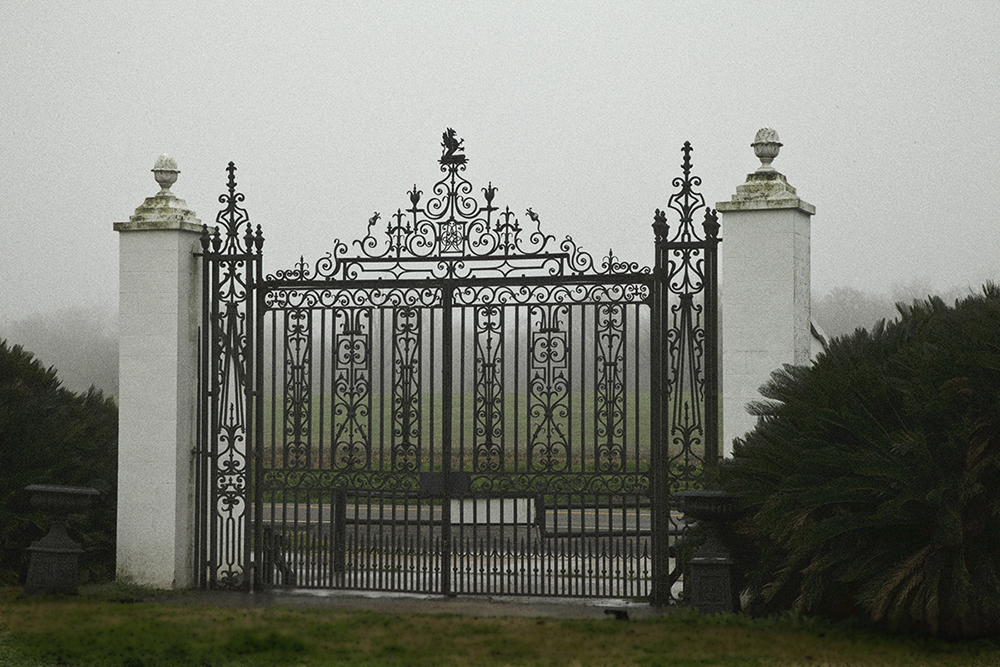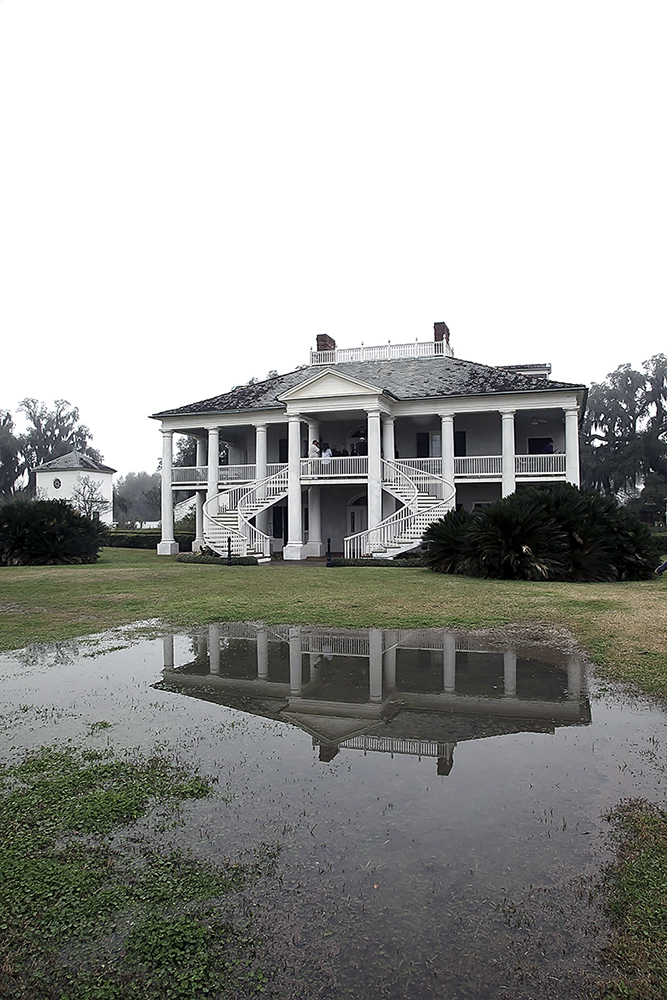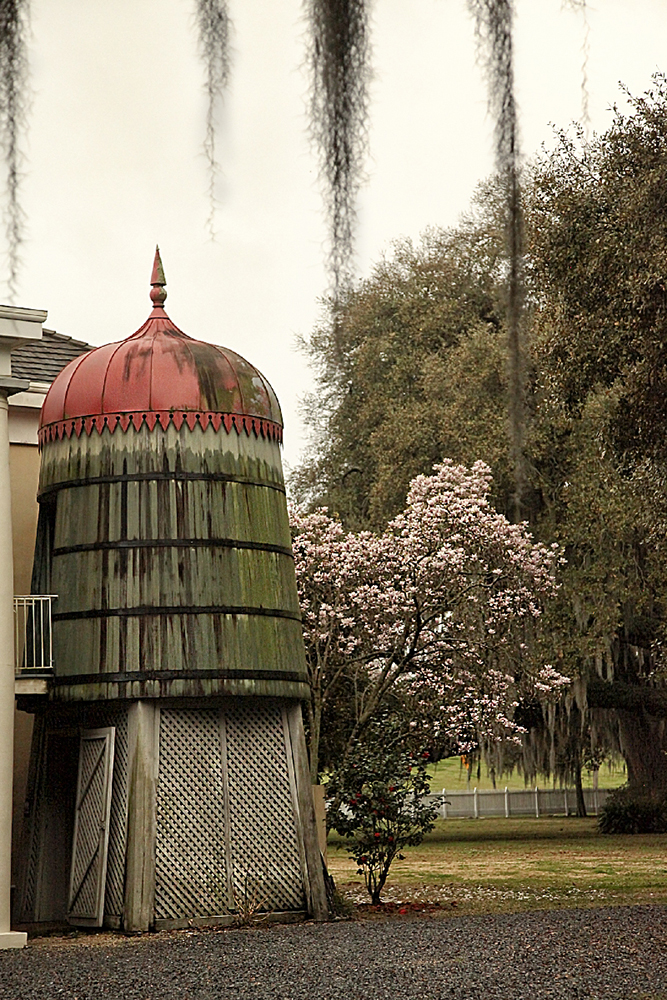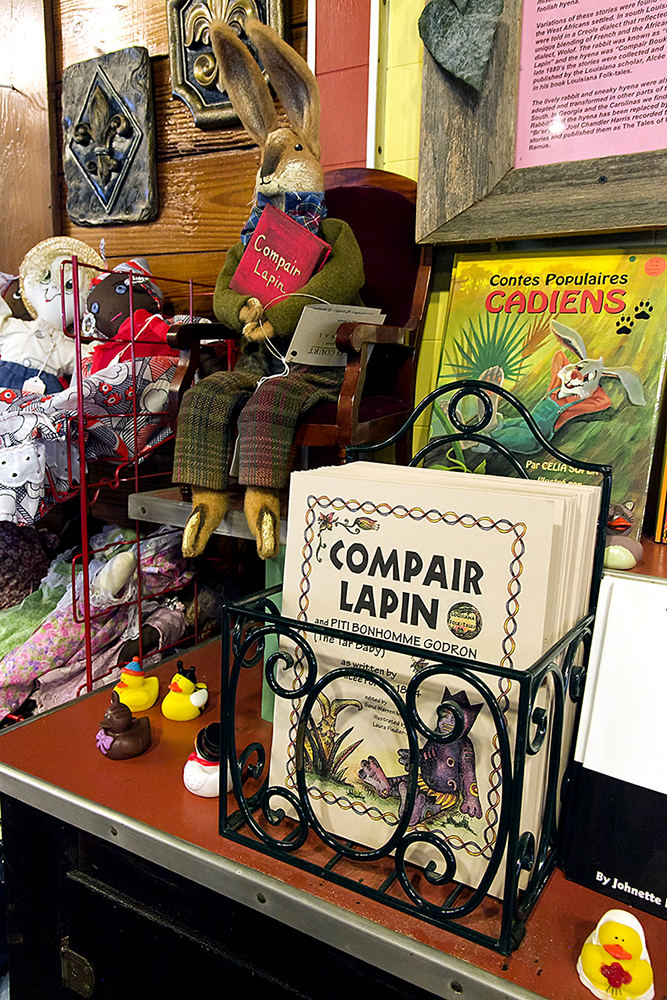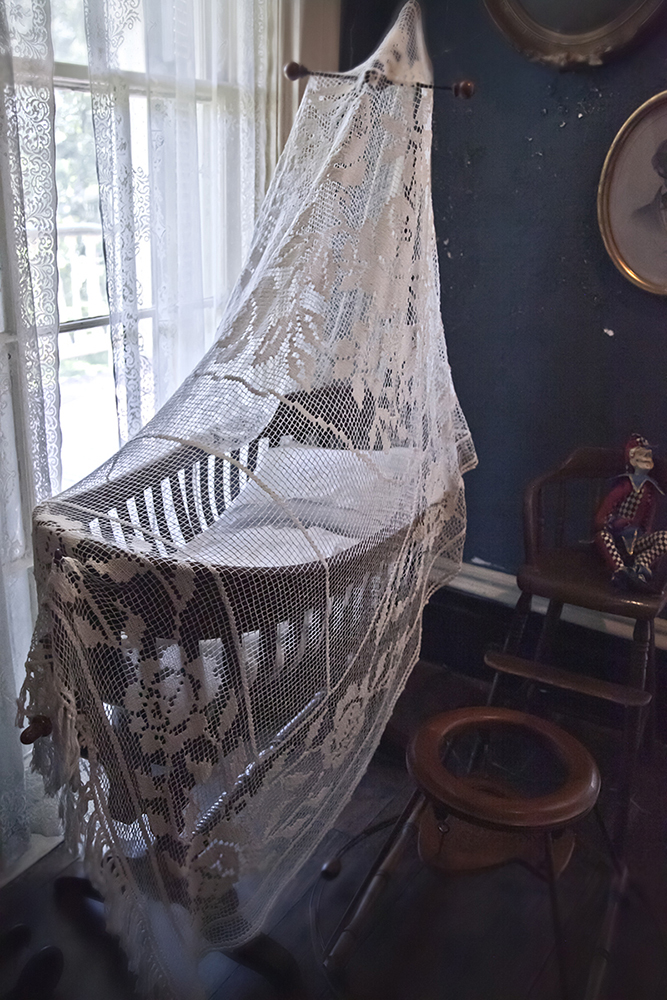12 SURPRISING THINGS I LEARNED ABOUT SLAVERY IN LOUISIANA
by Judith Fein
As executive editor of YourLifeisaTrip.com, I generally avoid articles that are l0-best lists. There is nothing inherently wrong with lists, or listicles, as the shorties are called, but many other blogs cover them well. Yet here I am, the cheerleader for narrative travel stories, proffering a list. Why?
The short reply is that 45 minutes from New Orleans, in the River Parishes, a new spring bloom is emerging from decades of winter-like silence. Slavery is now an open subject, and it is complex emotionally, psychologically, behaviorally, and economically.
The fictional “Gone With the Wind” took place in the American Southeast, but I recently returned after discovering that the slavery reality in Louisiana– though unimaginably awful– was also decidedly different.
Photography by Paul Ross
Around the world, viewers and readers are transfixed by the racism dialogue that has transformed from a whisper to a scream in America. It took atrocities, murders, abuse to reach the point where black Americans are being heard. They are refusing to take it any more.
And in my heart, I think the roots of this racism are in slavery. I thought I had a basic grasp of the subject until I went to Louisiana and discovered 12 surprising—sometimes shocking--things I learned that I wanted to share with you.
- The Creole, non-Anglo culture, was a blend of European, West African, and Native American. Even today, many black descendants identify as Creole, not African American. Creoles could be black, white, or any shade in between. And, in many cases, they didn’t even like or identify with Americans and their culture.
- The Code Noir, or Black code, was supposedly written to protect slaves. Provisions mandated that slaves had Sunday and certain holidays off. And they were not supposed to be beaten. Were the provisions always adhered to? Of course not. The Code Noir mainly protected the slave owners. Slaves were whipped and their bodies bore the signs of their cruel lacerations. Children were sold and separated from their mothers. By mandate, overseers of the plantations had to be Catholic, and slaves were converted to the same religion. One way to keep slaves from escaping was to brand them like cattle. The same slave owners who perpetrated this barbarism could be close to others, especially domestic slaves, and depend upon them.
- Free women of color were the richest class of women in America before the War Between the States. They were in many professions like selling coffee, owning restaurants, hotels, and tourist establishments.
- Twenty two hundred free people of color owned slaves. At one point, there were more black than white slave owners.
- Slave cabins and slavery artifacts can now be visited at several plantations such as Laura, Oak Alley, Houmas House, Destrehan, Evergreen, and Whitney. The small but very worthwhile River Road African American Museum in Donaldsonville was founded and is operated by descendants of slaves.
- Creole people today often remember the stories they were told as kids about heroic rabbit and the bad-guy hyena. These Compair Lapin stories originated in Senegal. Joel Chandler Harris learned African tales, which inspired him to write about Br’er Rabbit and friends in his Uncle Remus stories.
- Throughout the region, there is a persistent legend about the Mad Stone of Vacherie. Apparently, a Native American man killed a white deer, and inside the deer was the stone. It was used to treat people who were bitten by snakes or recluse spiders. Don’t forget to ask about it.
- Blacks invented, among other things, golf tees, elevators, ice cream, and eggbeaters. Freed slaves excelled at faux painting that visitors today admire in the plantation homes. Slaves could not sustain themselves on the meager food they were given, so they supplemented their diet with produce they grew in tiny gardens outside of the slave cabins. And they could sell the surplus. Some eventually made enough money to buy their freedom.
- Dr. Cassimir Merricq was paid $300 a year to be on call to treat slaves for minor issues and received extra money for more complicated treatments and surgeries. Plantation owners had to keep their expensive investments—slaves—in working condition. Dr. Merricq was a surgeon in Napoleon’s army, known for his precise amputations. It was easier and faster to lop off a limb than repair a fractured or crushed bone. He buried the amputated limbs, believing they would be united with their owners in the next life.
- Slave mothers were permitted to name their children. It was one of the only forms of control they had over their kids’ lives. They could also choose sponsors for their children’s baptisms—who functioned like godparents. Slave women who worked in the homes of the plantation owners could be night nannies. They were provided with an uncomfortable chair in the children’s room, which forced them to stay awake all night. If they fell asleep, they could be punished by being sent to work in the fields. Though exceedingly rare, under the Code Noir, slaves––including slave women– took their masters to court.
- There was a decree that women of African descent, whether slaves or free women, had to cover their hair and heads with a knotted headdress called a tignon. It was to ensure their modesty so they wouldn’t call attention to themselves, and, at the same time, would clearly signal their inferior class and status. But the women turned the mandatory head coverings into fashion statements.
- In 1811, there was a slave rebellion. 45 identified ringleaders were tried, executed and their heads were gruesomely placed on spikes for all to see in their respective plantations.
So excuse me this twelve-pronged tip of the Louisiana slavery iceberg. Go, go, go visit the plantations that now offer these slavery tours and exhibits. See if you think that slavery was the bad seed that grew into monstrous racism. To learn more or plan your trip, visit www.neworleansplantationcountry.com.
Judith Fein is an award-winning travel writer, speaker, workshop leader, and author of Life is a Trip: The Transformative Magic of Travel, and The Spoon from Minkowitz. Her website is www.GlobalAdventure.us and join her on Facebook.
Paul Ross is a writer/photographer/videographer who travels the world seeking the culturally exotic and downright offbeat.

